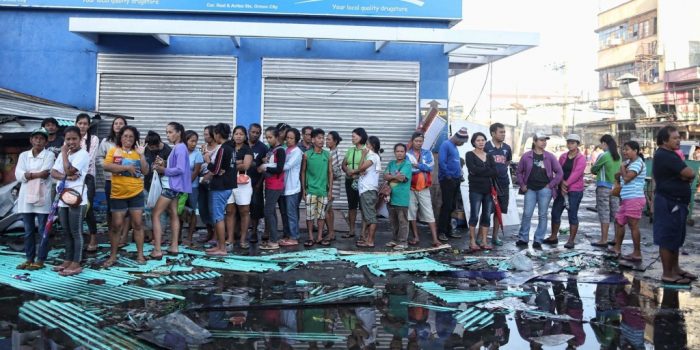Everything You Always Wanted To Know About What We Do
I am often asked “What does the Center for Disaster Philanthropy cover? Are you domestic only, or do you also address global disasters? Do you highlight complex humanitarian emergencies or rapid onset disasters only?”
The answer I frequently give is that CDP is highly targeted in which disasters we address and how we prioritize each one.
Let me explain…
First – how do we define Disaster? In an effort to learn from and support global systems, CDP uses the U.N. definition:
A situation or event that overwhelms local capacity, necessitating a request to the national or international community for external assistance; an unforeseen and often sudden event that causes great damage, destruction and human suffering. Types of disasters include earthquakes, volcanoes, storms, floods, droughts, wildfires, epidemics, tsunamis, and mass movements (for example, landslides).
We classify disasters into these three broad categories:
- Sudden-Onset Emergencies (Hurricane Sandy)
- Slow-Onset Emergencies (The Sahel famine)
- Complex Emergencies (Syrian humanitarian crisis)
In the United States, we highlight catastrophic rapid-onset natural disasters as well as person-made disasters or acts of terrorism. We use the following screens to determine if and how we should respond:
- Significant loss of life, injury or displacement
- Significant impact on a community’s livelihoods and capacity to respond
- Significant impact on vulnerable populations (for example, we will prioritize highlighting those hardest hurt such as hurricanes that hit underserved communities over those that affect well served communities)
- Heightened media attention
- FEMA Declaration of a Major Disaster
Unless specifically requested, domestically, we do not highlight:
- Economic disasters or recession-based disasters
- Acts of violence or terror that affect a small portion of a community
Outside the United States, we highlight catastrophic rapid-and slow-onset natural disasters as well as complex humanitarian emergencies. To determine whether to respond, we look for:
- Significant loss of life, injury or displacement
- Call for national or international assistance
- Significant impact on a community’s livelihoods and capacity to respond
- Significant impact on vulnerable populations
- Heightened media attention
Unless specifically requested, internationally, we will not highlight:
- Acts of terrorism
- Economic disasters or recession-based disasters
In all things, our goal is to draw attention to the full arc of a disaster – whether that involves talking about mitigation efforts underway in typhoon-prone Philippines, or continuing to engage in conversations about what effective long-term recovery needs for Sandy-affected areas of the Northeastern United States.
I’d welcome to speak with you on what disasters you think CDP should cover and what else we can do to better support the philanthropic community. Please write me directly at regine.webster@disasterphilanthropy.org.
More like this

